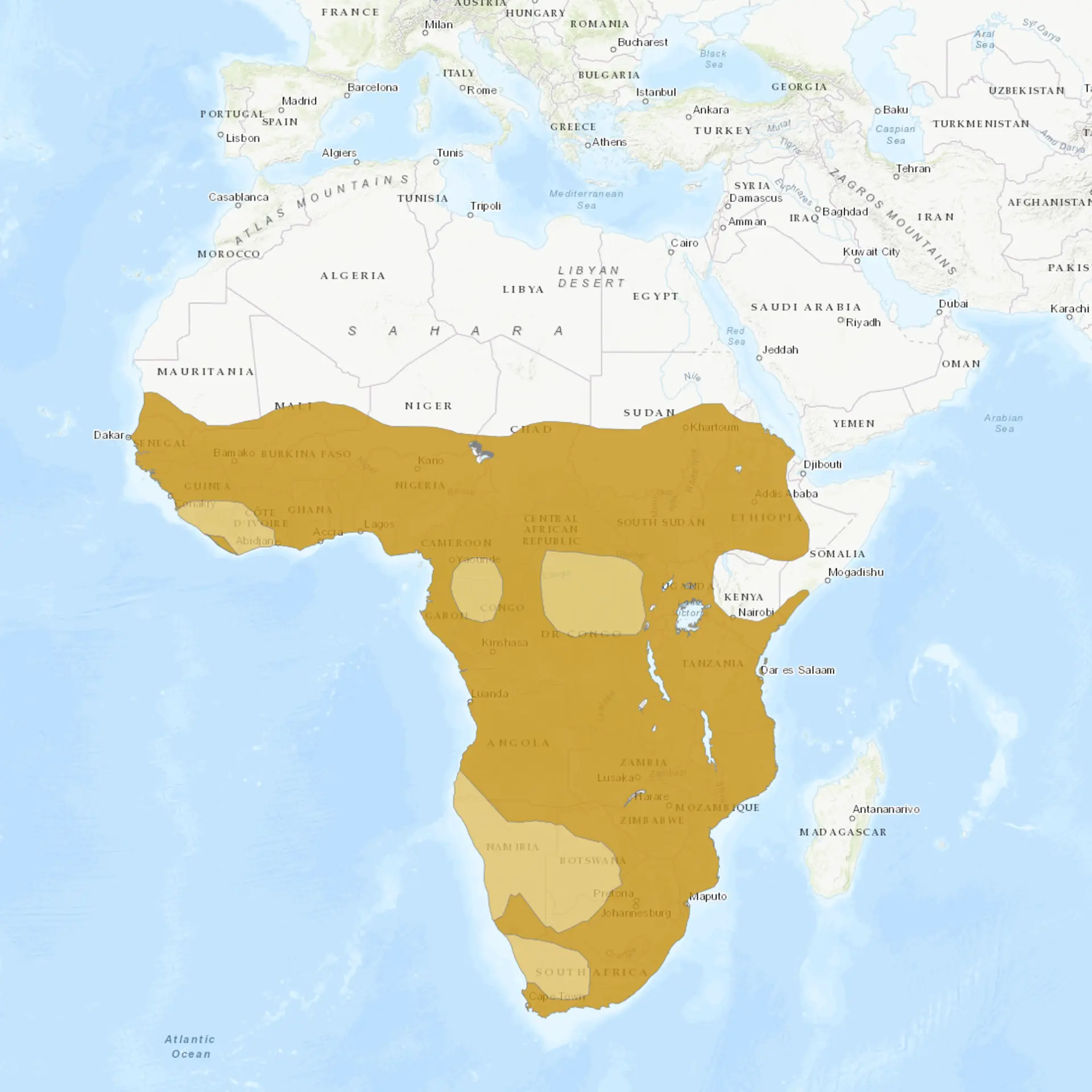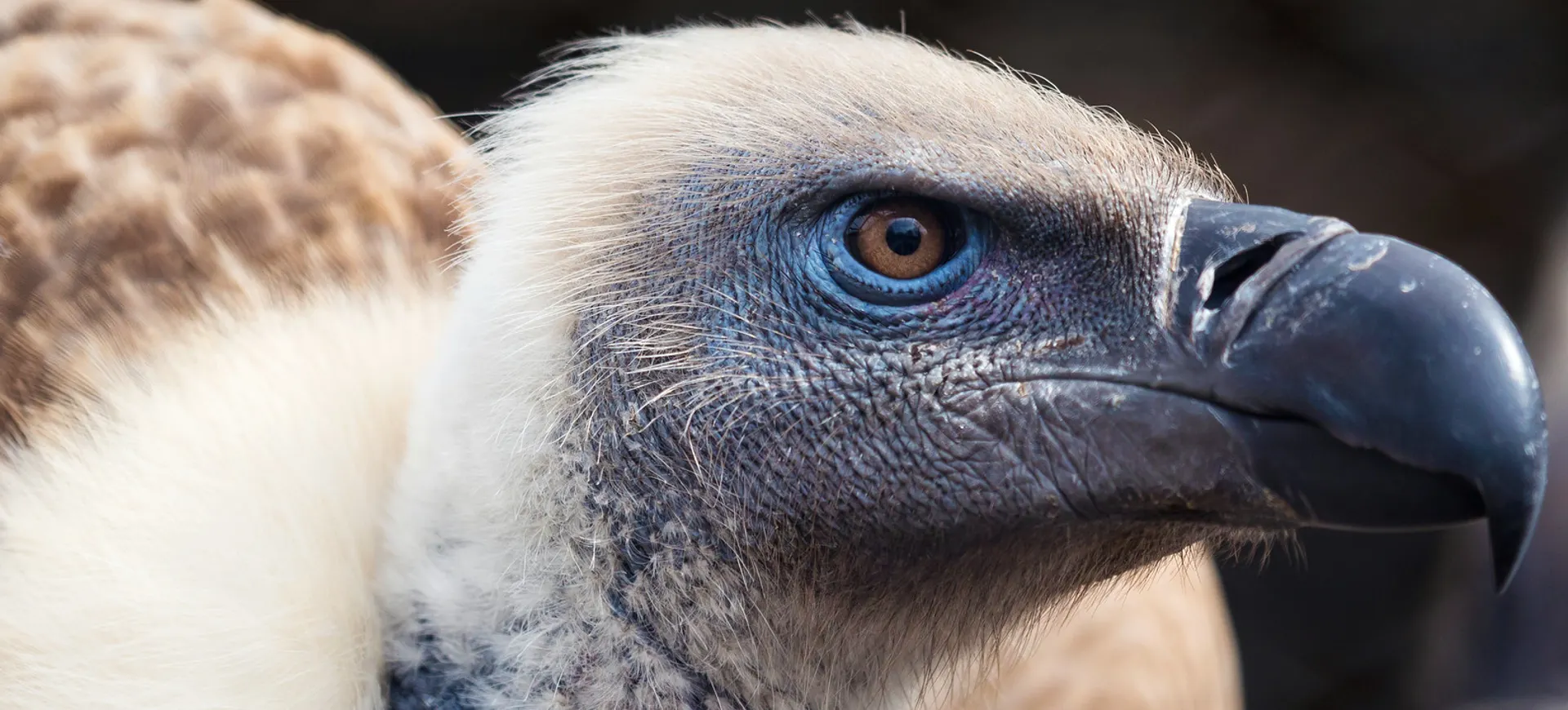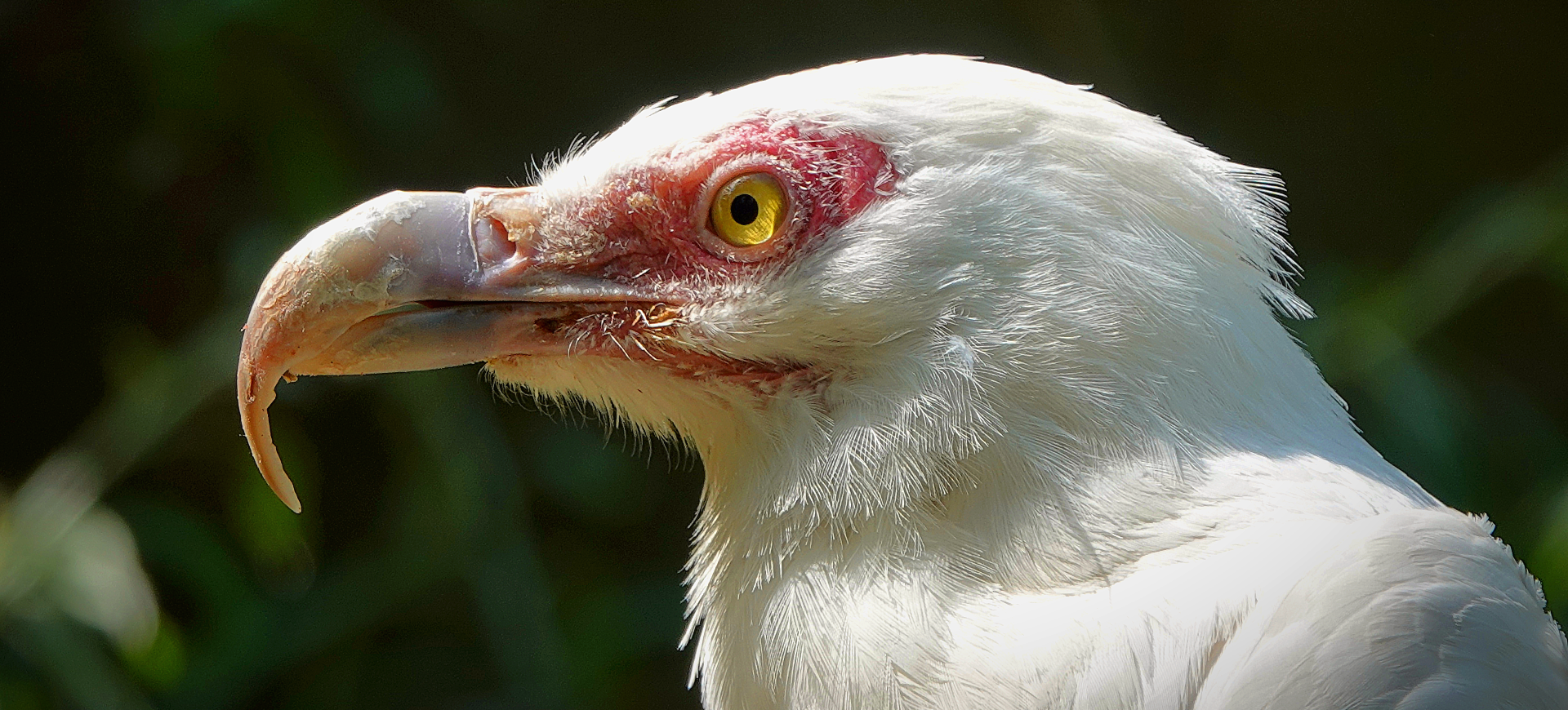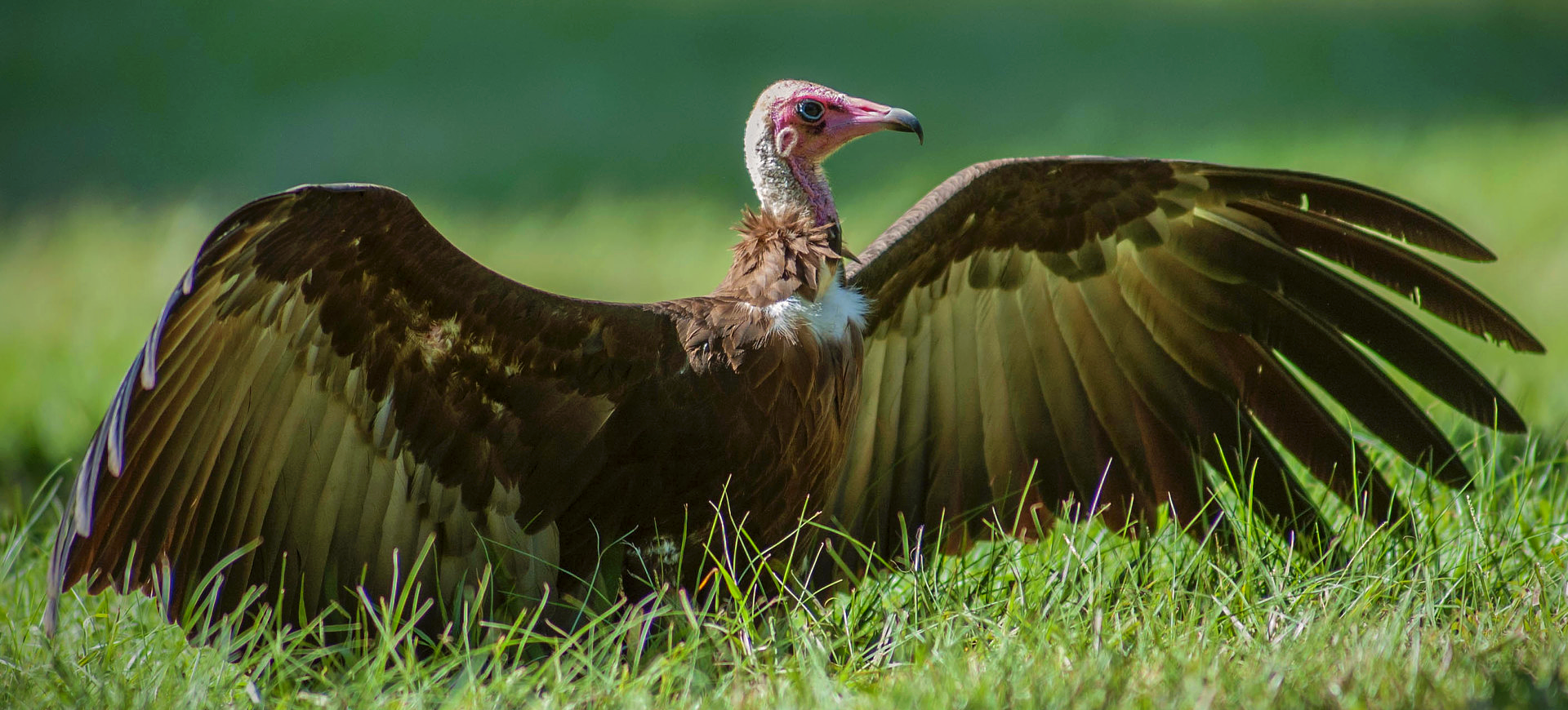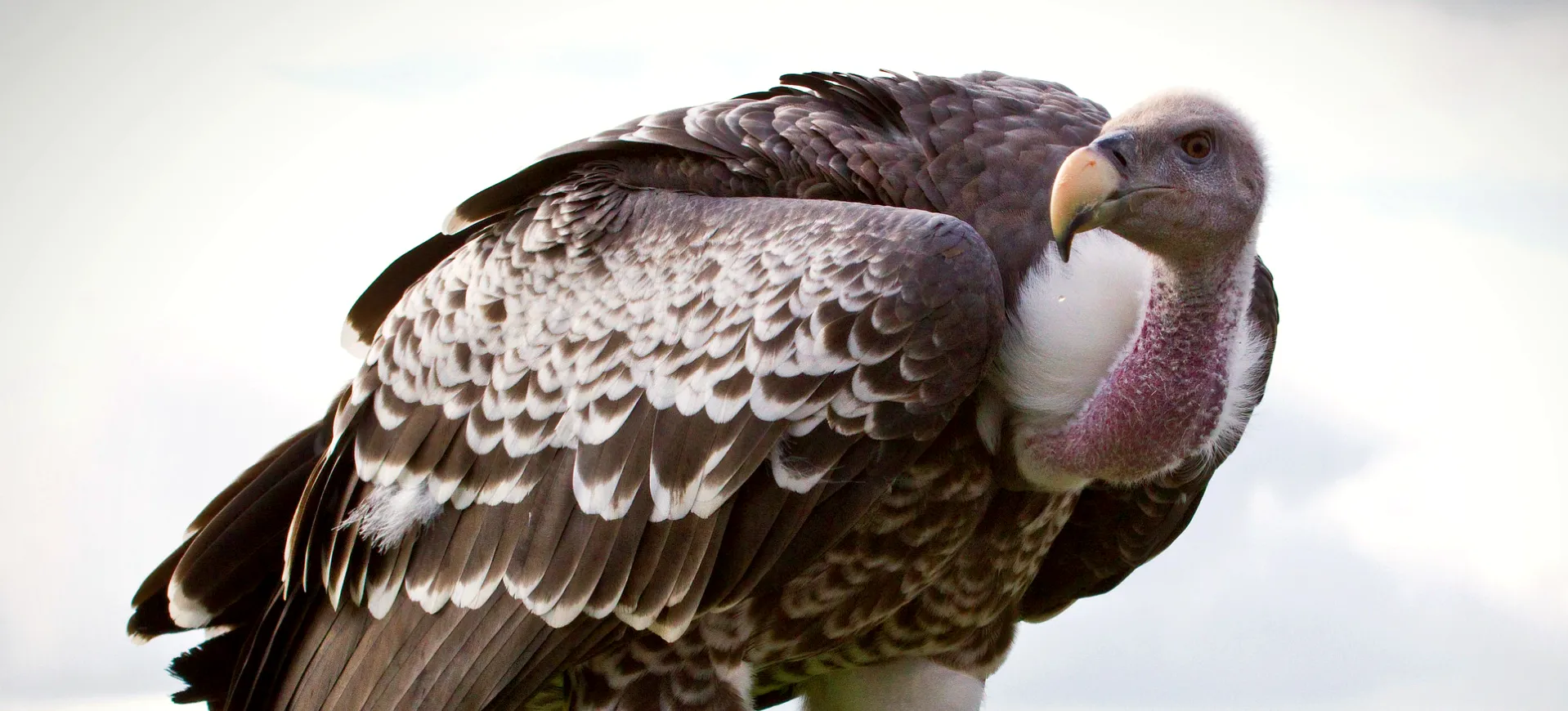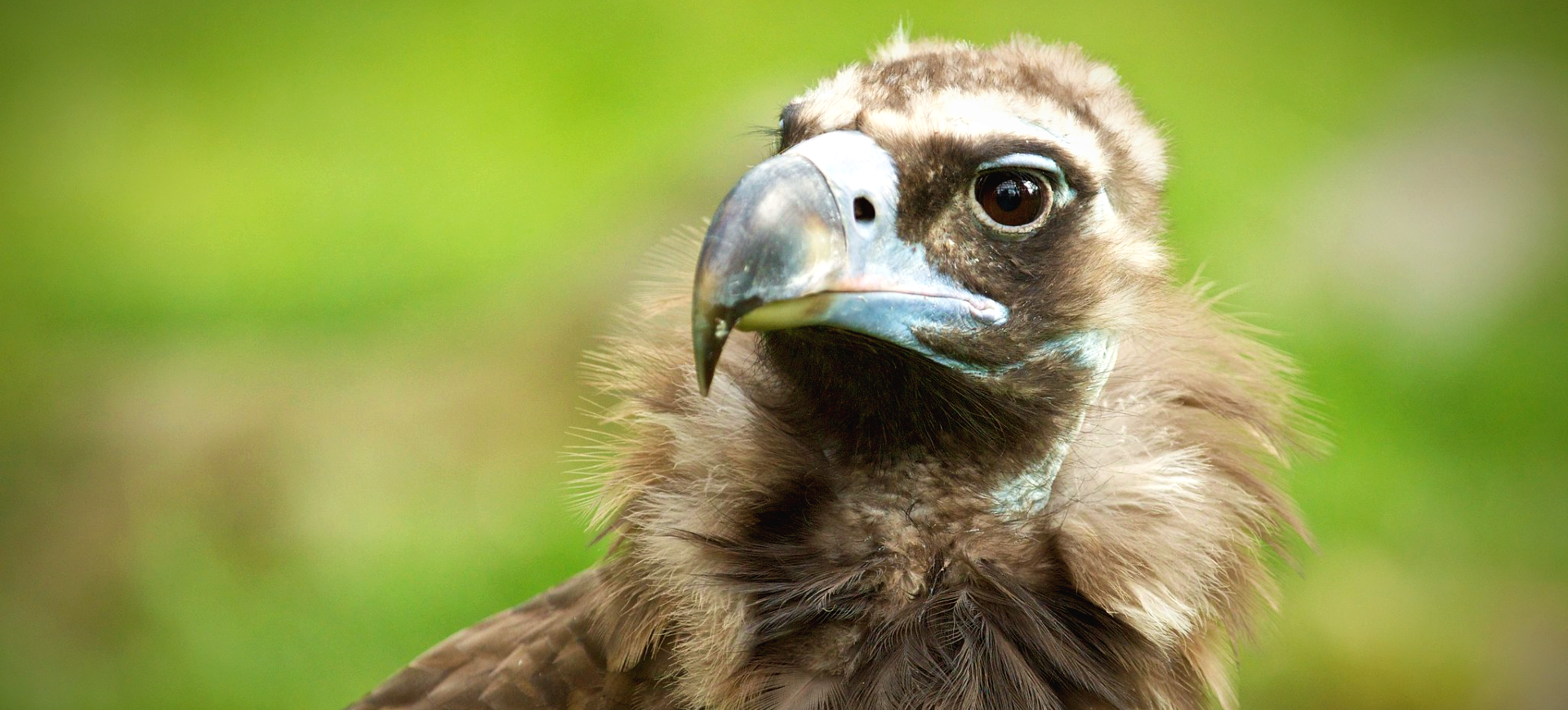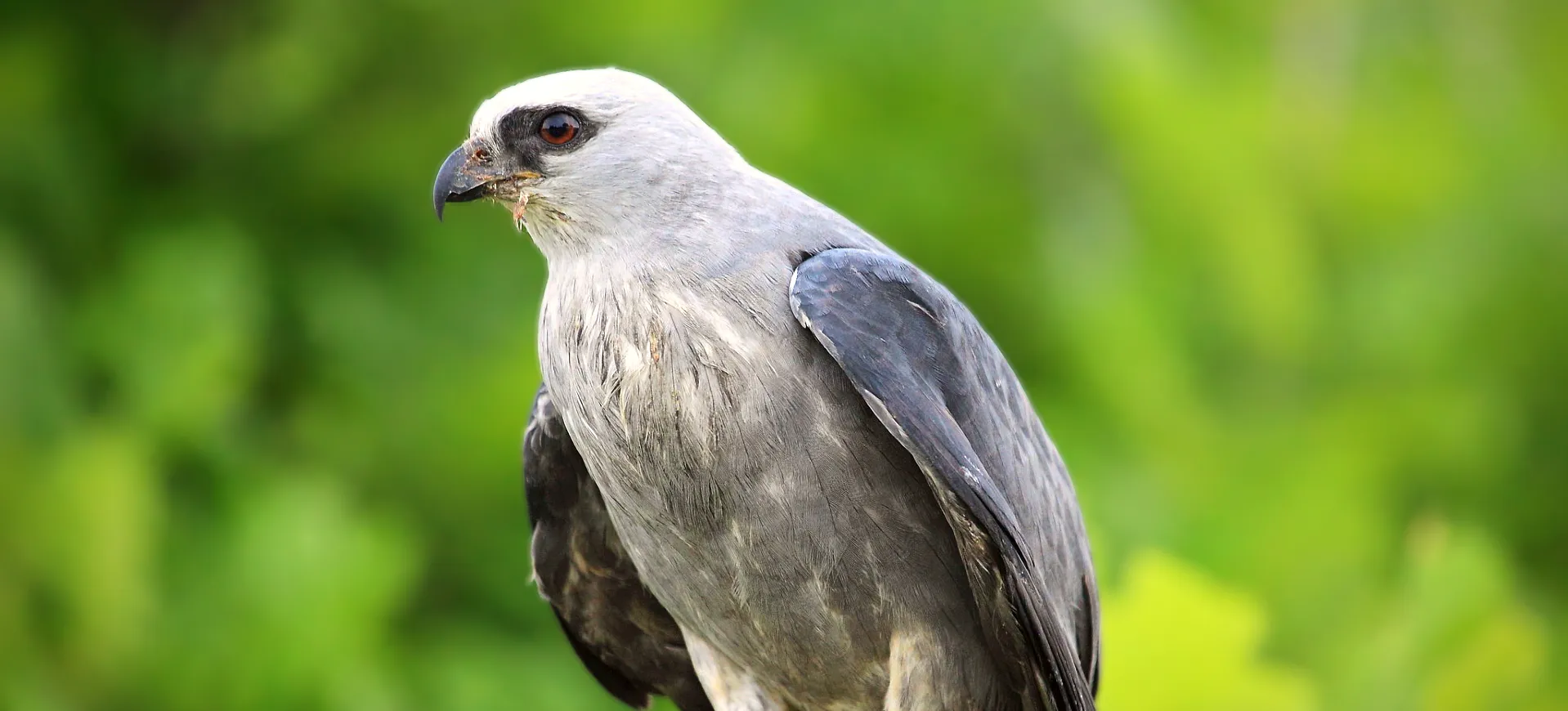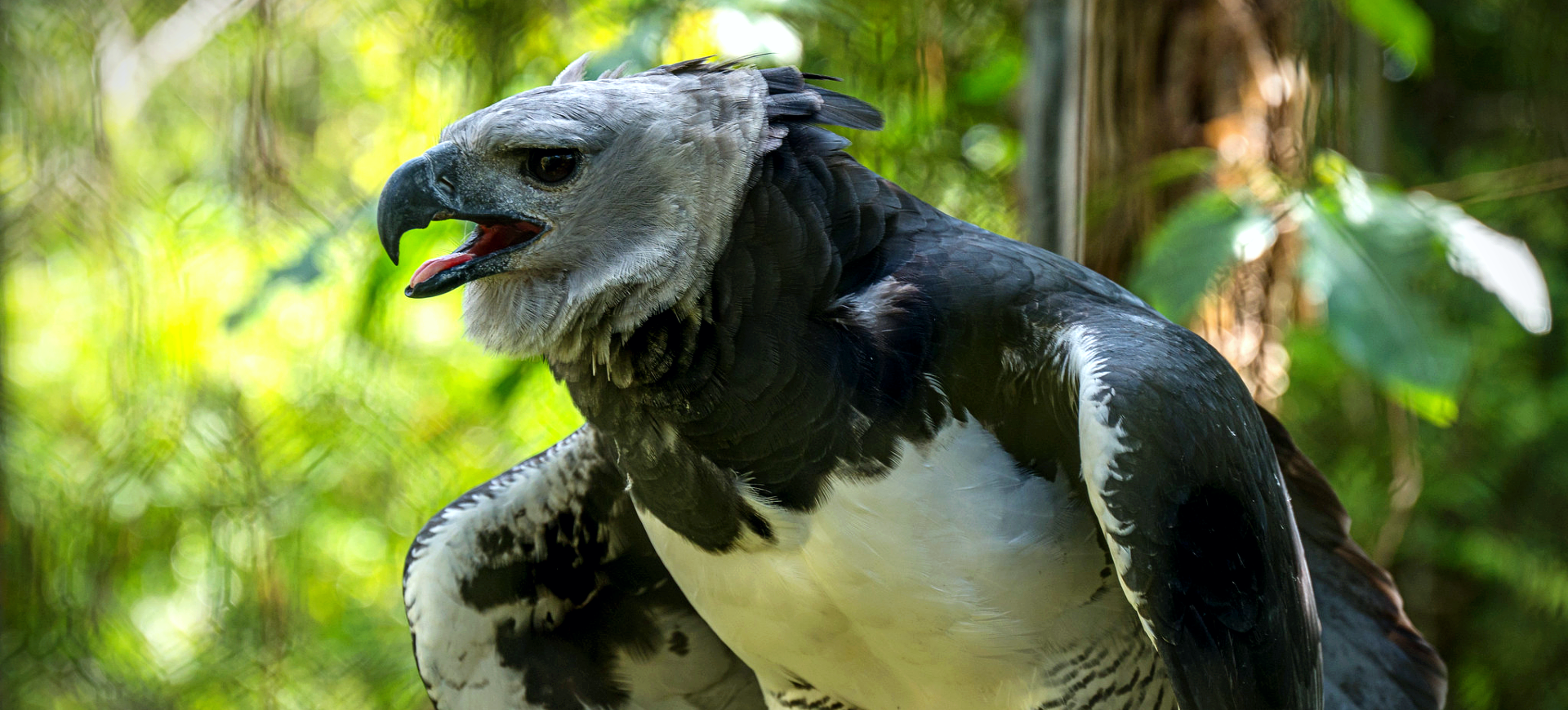Overview
The African Fish-eagle (Haliaeetus vocifer) is a large, iconic raptor native to sub-Saharan Africa. Renowned for its striking appearance and powerful presence, it is one of the African continent’s most recognizable birds of prey. Adults exhibit a distinctive white head and chest, which contrasts sharply with their dark brown body and wings. The tail is also white, and the hook-shaped beak is bright yellow, giving it a regal appearance. This bird is known for its loud, ringing call, often described as the “voice of Africa,” which resonates over the water bodies it frequents.
Typically found near freshwater lakes, rivers, and coastal areas, the African Fish-eagle is an adept hunter, primarily feeding on fish, which it catches with a dramatic swoop from flight. They also feed on waterbirds, carrions, and, occasionally, small mammals and reptiles. These eagles are often seen perched majestically on high vantage points, like trees or cliffs, overlooking their aquatic hunting grounds.
The African Fish-eagle plays a vital role in its ecosystem as a top predator and is revered in many cultures as a symbol of vision and strength. Although the species is widespread and not considered endangered, it is vulnerable to environmental changes that impact water quality and fish availability.
Taxonomy
Kingdom
Phylum
Class
Order
Family
Genus
Species
Type
Current distribution:
The African Fish-eagle is widespread throughout sub-Saharan Africa, from the Nile basin in the north to South Africa in the south. It is absent from arid areas but otherwise has a broad range encompassing most of the continent's freshwater ecosystems.
The species is generally resident, with some local movements responding to water levels and food availability. Despite habitat degradation and pollution threats, the African Fish-eagle remains widespread and relatively common in suitable habitats.
Physical Description:
The African Fish-eagle is a large bird with a body length of approximately 63-75 cm and a 175-240 cm wingspan. Adults are easily identifiable by their striking color contrast, with a mostly brown body and distinctive white head and tail. The eyes are dark brown, and the strong legs and paws are well-adapted for catching and holding slippery fish. The powerful, yellow beak is hooked at the tip, perfect for tearing flesh.
Sexual dimorphism is present, with females generally larger and slightly heavier than males. Juveniles are less distinctly marked than adults, with mottled brown plumage, and gradually acquire the adult’s white head and tail over several years. The African Fish-eagle’s majestic appearance, poise, and powerful build make it a symbol of grace and strength.

Lifespan: Wild: ~24 Years || Captivity: ~30 Years

Weight: Male: 4.4-6.6 lbs (2-3 kg) || Female: 5.5-8.8 lbs (2.5-4 kg)

Length: Male & Female: 25-30 in (63-75 cm)

Height: Male & Female: 27-30 in (69-76 cm)

Wingspan: Male & Female: 69-95 in (175-240 cm)

Top Speed: 50 mph (80 km/h) in flight
Characteristic:
Native Habitat:
The African Fish-eagle is widely distributed across sub-Saharan Africa, inhabiting areas close to water bodies where fish are abundant. These include lakes, rivers, swamps, and some coastal areas. They prefer areas with large, open bodies of water and nearby trees or other high-perching spots from which to hunt.
Their presence is often indicative of a healthy aquatic ecosystem. They are commonly found in protected areas but also inhabit regions near human activity, provided the environment supports an adequate food supply and perching locations.
Biogeographical Realms:
Continents:
Countries:
Diet:
Diet & Feeding Habits:
Primarily piscivorous, the African Fish-eagle feeds mainly on fish, which it skillfully snatches from the water with its talons. It hunts from a perch or while flying, dropping down with feet first to grab prey. Apart from fish, it occasionally preys on waterbirds, turtles, baby crocodiles, carrion, and, in some cases, even small mammals and reptiles.
The African Fish-eagle is opportunistic and will steal prey from other birds, known as kleptoparasitism, and scavenge on dead fish or animals. Its diet can vary significantly based on the local environment and available food sources, showcasing the bird’s adaptability and resourcefulness.
Mating Behavior:
Mating Description:
African Fish-eagles are monogamous and form long-lasting pair bonds, often using the same nest for several years. Their courtship includes spectacular aerial displays, with loud calling, diving, and talon-grappling. They build large nests in tall trees close to water, which they line with grass and other soft materials.
The female typically lays 1-3 eggs, which are incubated for about 42-45 days. Both parents share incubation and chick-rearing duties. The young fledge at about 70-75 days but may remain dependent on the parents for additional months. The strong bond between mating pairs and their cooperative parenting is vital for their offspring’s survival in their challenging environment.
Reproduction Season:
Birth Type:
Pregnancy Duration:
Female Name:
Male Name:
Baby Name:
Social Structure Description:
African Fish-eagles are typically seen in pairs or as solitary individuals. They are territorial, with pairs defending their hunting and nesting areas against intruders. Their social interactions are most commonly observed between mated pairs and during confrontations between neighboring territories.
The strong pair bonds and cooperative behavior between mates are crucial for their successful breeding and hunting. Their territorial nature and the need for large areas of suitable habitat highlight the importance of preserving extensive, interconnected aquatic ecosystems.
Groups:
Conservation Status:
Population Trend:
The African fish-eagle is classified as least Concerned by the IUCN, with a stable population trend. Thanks to its adaptability and broad diet, it is one of the most common and widely distributed eagle species in Africa. However, it is susceptible to environmental changes, particularly those affecting water quality and fish populations.
While the species is currently secure, ongoing monitoring and conservation of aquatic habitats are crucial for ensuring the African Fish-eagle and the ecosystems it represents remain healthy and vibrant.
Population Threats:
The main threats to the African Fish-eagle include habitat loss and degradation, particularly due to pollution, agricultural expansion, and deforestation. Pollution can lead to declines in fish populations, directly affecting the eagles’ food supply. They are also at risk from human disturbances, including recreational activities near nesting sites and direct persecution in some areas.
As a top predator, the African Fish-eagle is vulnerable to bioaccumulation of toxins from polluted water bodies, which can affect their health and reproductive success. Ensuring clean, healthy aquatic ecosystems is vital for their survival.
Conservation Efforts:
Conservation efforts for the African Fish-eagle focus primarily on habitat protection and improving water quality in rivers, lakes, and wetlands. This includes establishing and enforcing protected areas, promoting sustainable land and water use practices, and reducing pollution inputs.
Education and outreach programs can help mitigate human-eagle conflicts and promote coexistence. Research and monitoring are essential for understanding their ecology, population trends, and the effectiveness of conservation measures. International cooperation is also crucial, as the eagle’s range spans numerous countries with varying conservation policies and capacities.
Additional Resources:
Fun Facts
- The African Fish-eagle’s call is one of the most iconic sounds of the African wilderness, often used in films and documentaries.
- They have incredibly keen eyesight, allowing them to spot fish and other prey from great heights.
- Despite primarily feeding on fish, they have a varied diet and have been known to catch flamingos and other waterbirds.
- The African fish-eagle is featured on the coats of arms of Namibia, Zambia, and South Sudan, symbolizing strength and vision.
- They often reuse and renovate the same nest for several years, which can become enormous structures.
- African Fish-eagles are known to pirate food from other birds, showcasing their opportunistic nature.
- Their presence is often an indicator of a healthy aquatic environment.
- They are one of Africa’s most studied eagle species, providing valuable insights into raptor ecology and conservation.
- The African fish-eagle has a unique fishing technique, snatching prey with its talons from the water’s surface.
- In some African cultures, the African Fish-eagle is considered a sacred bird, associated with rain and good fortune.


